
Citroën C4 Cactus Hatchback running costs and reliability
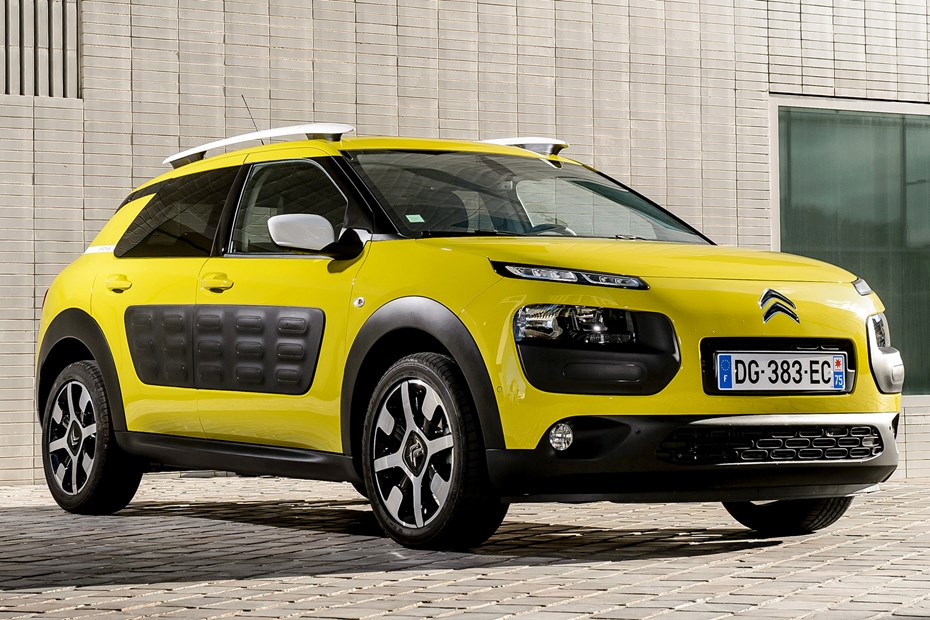
Miles per pound (mpp)
Fuel economy
When you look at Citroen C4 Cactus running costs the whole project, and the fanatical attention to detail of some parts of it, suddenly makes sense. Taking all that weight out of the car has meant that CO2 output, and fuel costs in particular, have shrunk considerably.
Even the least economical C4 Cactus, the most powerful PureTech 110 turbocharged petrol model only emits 107g/km and manages to return over 60mpg. And should you really be chasing the ultimate in efficiency and economy then the 1.6-litre BlueHDi Diesel with start/stop is the model to choose thanks to its 82g/km CO2 output and 91mpg average economy.
With this range of small engines – everything is 1.6-litres or smaller – the C4 Cactus should enjoy relatively low insurance premiums. Especially when you consider the AirBump technology, which safeguards the body panels against minor car park dings and grazes, and has been designed and specified to last the lifetime of the vehicle with no special maintenance.
Not all models have start/stop, but since all the engines used are either three or four-cylinder petrol or diesel units under 1.6-litres in size, and the car weighs 200Kg less than a comparable C4, Citroen C4 Cactus emissions make for pleasant reading. In fact, even the worst CO2 offender, the PureTech 110 petrol manages to emit only 107g/km, which is really quite impressive.
It’s actually the diesels that offer the lowest emissions, and specifically the BlueHDi 100 which can be had in ultra-green spec emitting just 82g/km of CO2, while averaging over 90mpg.
Right from the outset Citroen C4 Cactus reliability has been at the forefront of the engineers’ minds, as shown by the AirBump system which not only adds an injection of style but ensures the C4 Cactus should be almost immune to minor bumps and scrapes. Despite the high-tech thermoplastic polyurethane materials used in their construction there’s no maintenance required and the manufacturer believes they will last the lifetime of the vehicle.
Otherwise much of the Cactus’ underpinnings and technology has been used elsewhere in the Citroen range, and while we’ve heard the odd report of the firm’s C4 Picasso displaying some unusual electrical issues, generally the firm’s reputation is on the up in this department. Certainly the range of three-cylinder petrol engines have already seen service in the DS3 and C3 from 2012 without issue.
While the cabin is anything but utilitarian, the materials used do seem to be hard wearing – though the high-gloss black trim used on our example was exhibiting some localised scratching – and should stand up to the rigours of daily family life well.
Ongoing running costs
| Road tax | £0 - £190 |
|---|---|
| Insurance group | 7 - 19 |
Get an insurance quote with

|
|



.jpg)
.jpg)
.jpg)
.jpg)
.jpg)
.jpg)
.jpg)
.jpg)
.jpg)
.jpg)
.jpg)
.jpg)
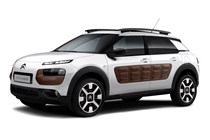
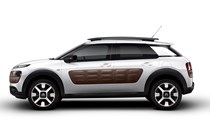
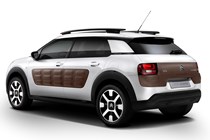

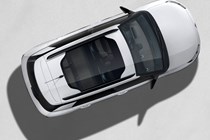
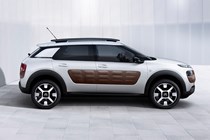
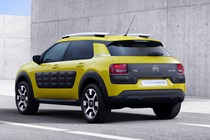
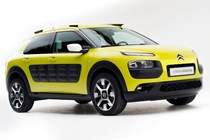
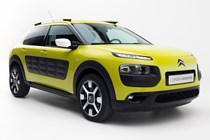
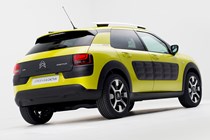
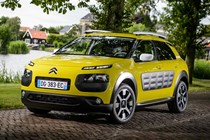
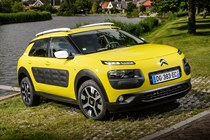
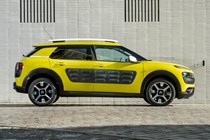
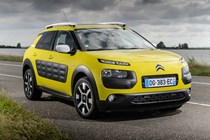
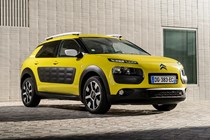
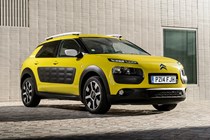
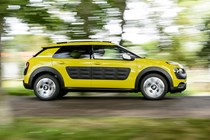
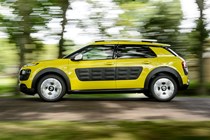
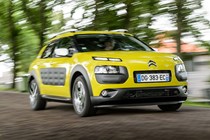
.jpg)
.jpg)
.jpg)
.jpg)
.jpg)
.jpg)
.jpg)
.jpg)
.jpg)
.jpg)
.jpg)
.jpg)
.jpg)
.jpg)
.jpg)
.jpg)
.jpg)
.jpg)
.jpg)
.jpg)
.jpg)
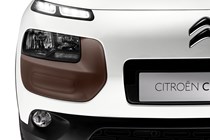
.jpg)
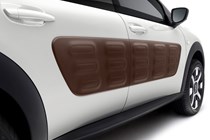
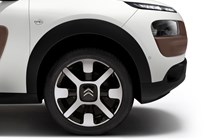
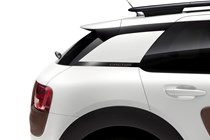
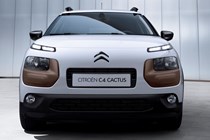
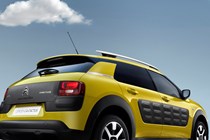
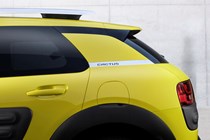
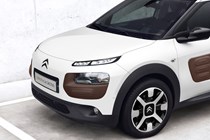
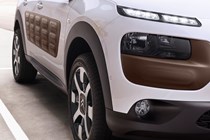
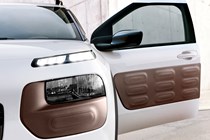
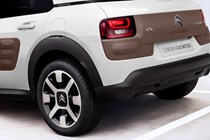
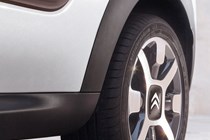
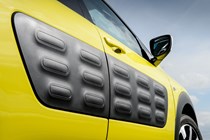
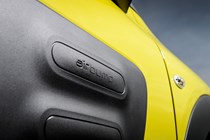
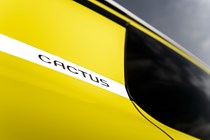
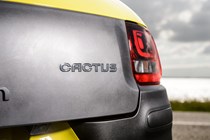

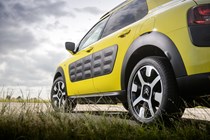
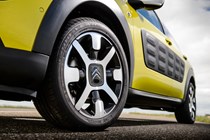
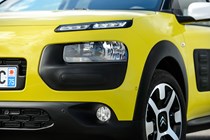
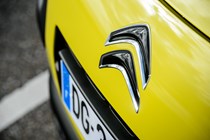
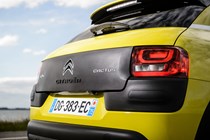
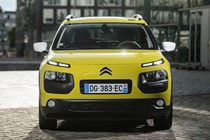
.jpg)
.jpg)
.jpg)
.jpg)
.jpg)
.jpg)
.jpg)
.jpg)
.jpg)
.jpg)
.jpg)
.jpg)
.jpg)
.jpg)
.jpg)
.jpg)
.jpg)
.jpg)
.jpg)
.jpg)
.jpg)
.jpg)
.jpg)
.jpg)
.jpg)
.jpg)
.jpg)
.jpg)

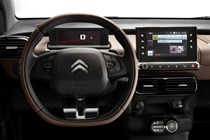
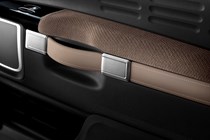
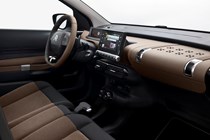
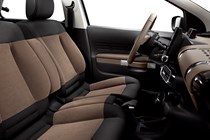

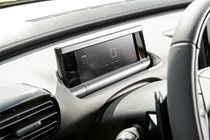
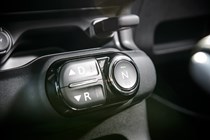
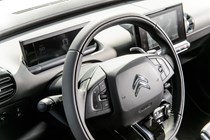
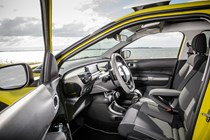
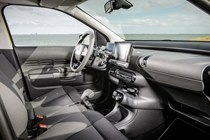
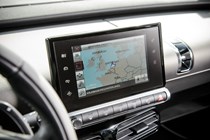
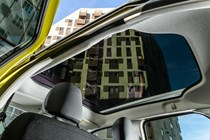
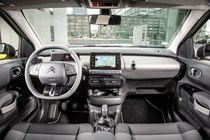
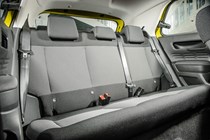
.jpg)
.jpg)
.jpg)
.jpg)
.jpg)
.jpg)
.jpg)
.jpg)
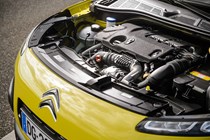
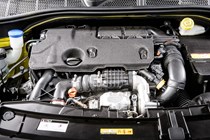

.jpg?quality=50)
.jpg?quality=50)
.jpg?quality=50)
.jpg?quality=50)
.jpg?quality=50)
.jpg?quality=50)
.jpg?quality=50)
.jpg?quality=50)
.jpg?quality=50)
.jpg?quality=50)
.jpg?quality=50)
.jpg?quality=50)



















.jpg?quality=50)
.jpg?quality=50)
.jpg?quality=50)
.jpg?quality=50)
.jpg?quality=50)
.jpg?quality=50)
.jpg?quality=50)
.jpg?quality=50)
.jpg?quality=50)
.jpg?quality=50)
.jpg?quality=50)
.jpg?quality=50)
.jpg?quality=50)
.jpg?quality=50)
.jpg?quality=50)
.jpg?quality=50)
.jpg?quality=50)
.jpg?quality=50)
.jpg?quality=50)
.jpg?quality=50)
.jpg?quality=50)

.jpg?quality=50)






















.jpg?quality=50)
.jpg?quality=50)
.jpg?quality=50)
.jpg?quality=50)
.jpg?quality=50)
.jpg?quality=50)
.jpg?quality=50)
.jpg?quality=50)
.jpg?quality=50)
.jpg?quality=50)
.jpg?quality=50)
.jpg?quality=50)
.jpg?quality=50)
.jpg?quality=50)
.jpg?quality=50)
.jpg?quality=50)
.jpg?quality=50)
.jpg?quality=50)
.jpg?quality=50)
.jpg?quality=50)
.jpg?quality=50)
.jpg?quality=50)
.jpg?quality=50)
.jpg?quality=50)
.jpg?quality=50)
.jpg?quality=50)
.jpg?quality=50)
.jpg?quality=50)















.jpg?quality=50)
.jpg?quality=50)
.jpg?quality=50)
.jpg?quality=50)
.jpg?quality=50)
.jpg?quality=50)
.jpg?quality=50)
.jpg?quality=50)

